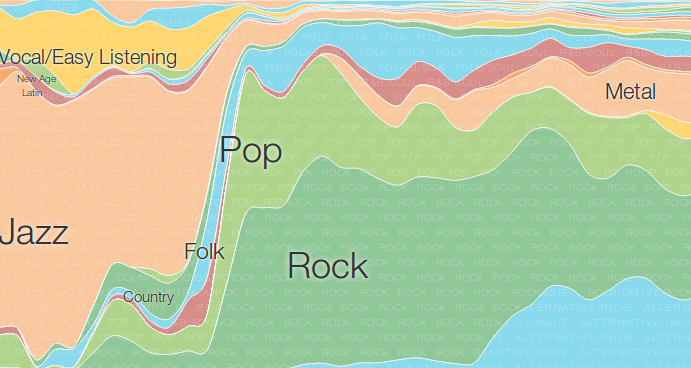
Harmonizing History: The Evolution of Music Genres
The embroidery of mankind’s set of experiences is entwined with the strings of music, and the development of music classifications is a captivating excursion that reflects the steadily changing nature of society, culture, and human articulation. From old serenades reverberating through caverns to the mind boggling ensembles of the cutting edge time, music classes have advanced to mirror the assorted feelings, yearnings, and encounters of humankind.
Music, in its pith, rises above language and imparts feelings in manners words alone can’t. The advancement of music classifications has been driven by development, social trade, and the persistent mission for novel types of articulation. It’s an agreeable dance among custom and development, safeguarding and change.
Old Starting points
The foundations of music classifications follow back to old civic establishments. From the entrancing rhythms of ancestral drums to the charming tunes of society melodies, early social orders utilized music to celebrate ceremonies, recount stories, and convey their most profound feelings. These early types of music established the groundwork for what might later advance into particular classes.
Old style Class
The old style time acquainted an organized methodology with music, leading to sorts like orchestras, dramas, and orchestral compositions. Arrangers like Mozart, Beethoven, and Bach formed the scene of traditional music, underlining mind boggling structures and ageless songs that keep on reverberating with crowds today.
Jazz: An Upset of Sound
In the mid twentieth hundred years, jazz arose as a class that resisted shows and embraced impromptu creation. Brought into the world in the African American people group, jazz celebrated individual articulation and laid the preparation for different types like blues, rock ‘n’ roll, and hip-jump. Its timed rhythms and deep tunes carried another aspect to music.
Rock ‘n’ Roll and Then some
The coming of wild ‘during the twentieth century touched off a melodic upset. With craftsmen like Elvis Presley and Toss Berry, the class joined components of mood and blues with a defiant soul, dazzling another age. Rock ‘n’ roll’s advancement into rock, metal, and troublemaker displayed the class’ flexibility and impact on cultural developments.
Electronic Soundscapes
As innovation progressed, electronic music arose, introducing another period of sonic trial and error. From the hallucinogenic synth-driven songs of the 1970s to the throbbing beats of present day electronic dance music (EDM), this sort extended the potential outcomes of sound control and creation.
